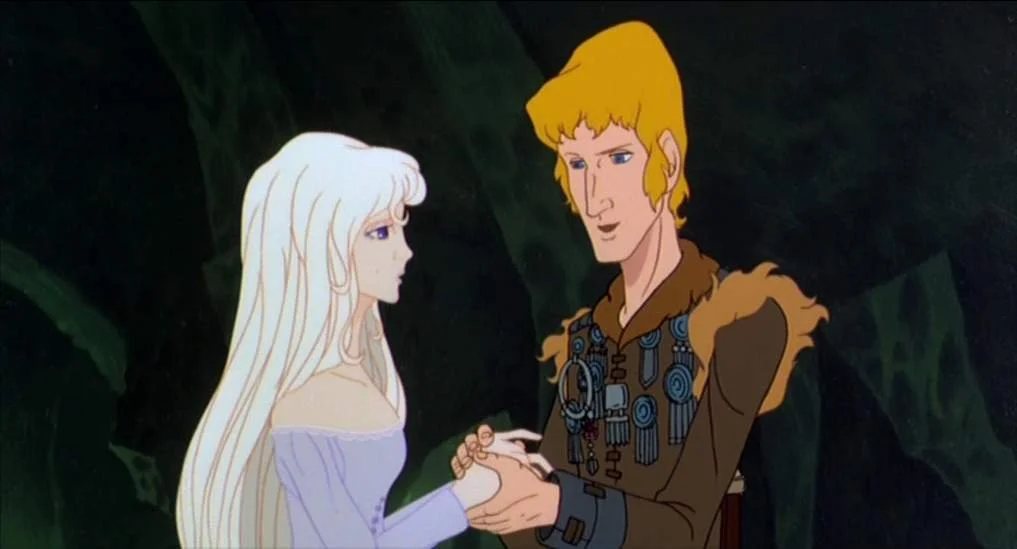The Last Unicorn is a fantasy feature-length animation that studies the essence of mortality. Adapted from Peter S. Beagle’s 1968 novel of the same name, it was produced by Rankin and Bass Production in 1982 and animated by Topcraft, the Japanese studio that would later splinter to become Studio Ghibli. The film follows an immortal unicorn’s journey to find the rest of her species, and it is in representing her interactions and personal struggle with the other characters she encounters, The Last Unicorn weaves an allegorical tale about the nature of humanity and the framework of mortality. Throughout her journey, the unicorn encounters characters wrestling with their own brief lives, and after an eternity of eternal youth confronts what a mortal life truly means. As I will demonstrate in this blog post, The Last Unicorn is a complex piece of memento mori literature due to its profound and intricate explorations of death, immortality, and the essence of a transient life.
Read MoreReformation-era German engraver, painter and printmaker Hans Holbein and quirky contemporary Polish animator Kajetan Obarski are two artists separated by several centuries that, in their similarities, attest to historical parallels and ramifications of the fantastic. As this post identifies, both artists illustrate the grotesque through a Carnivalesque trope in their work of the Danse Macabre. Both also prophetically remind their viewers of the stark facts of mortality, of people who are “like grass, and all their glory is like the flowers of the field; the grass withers and the flowers fall” (Peter 1:24-25).
Read More

